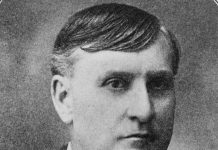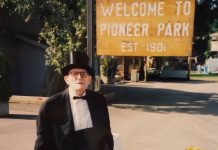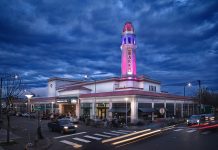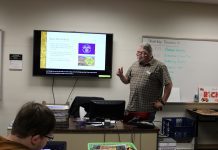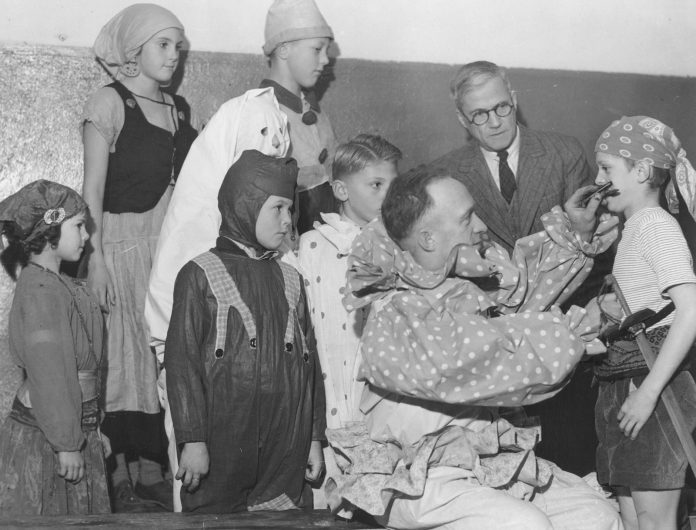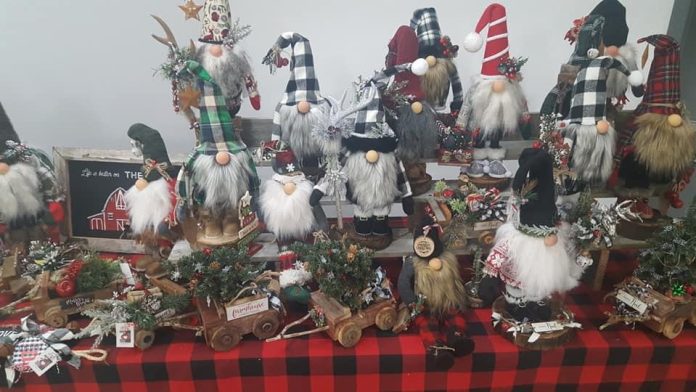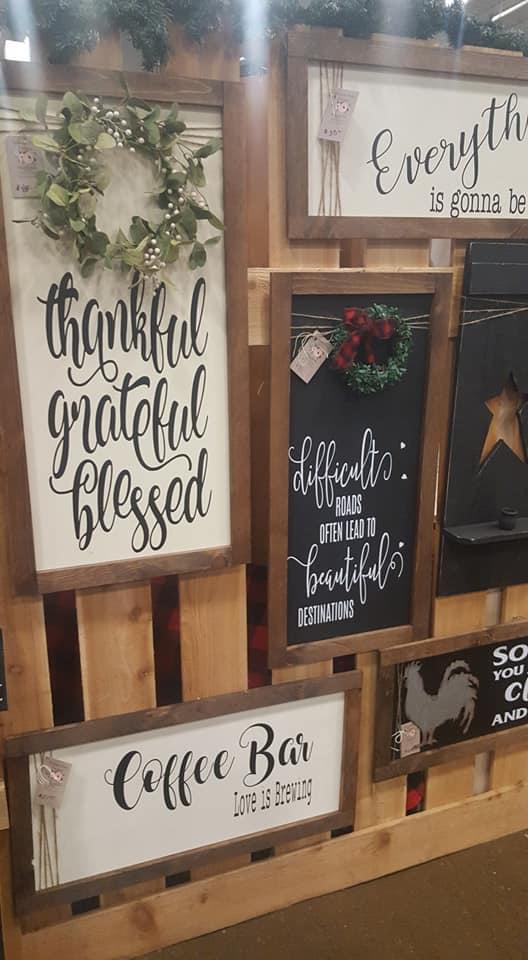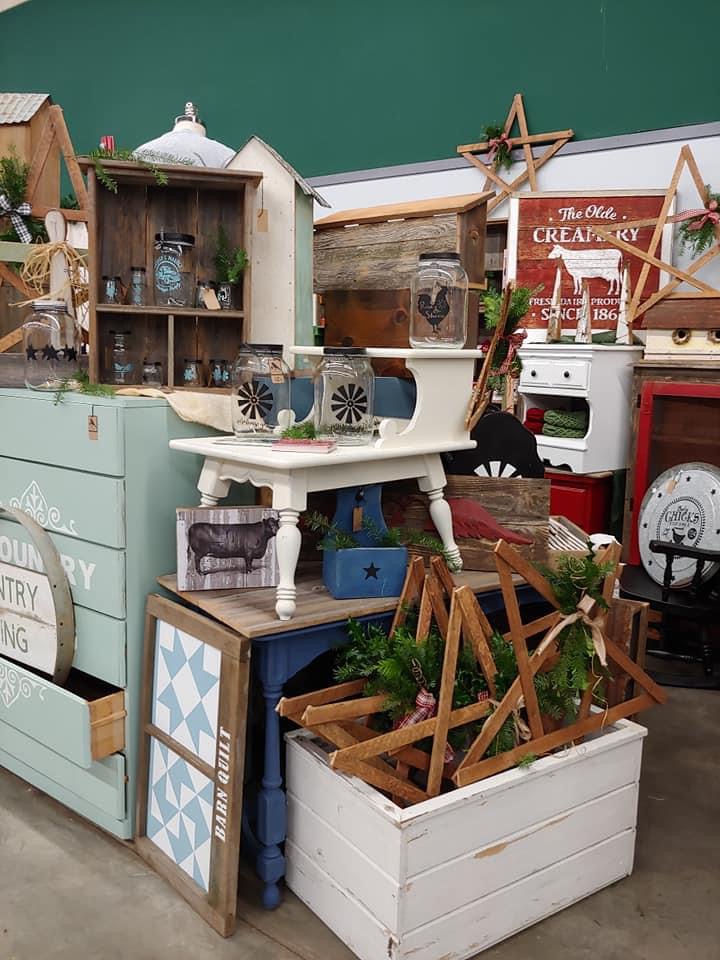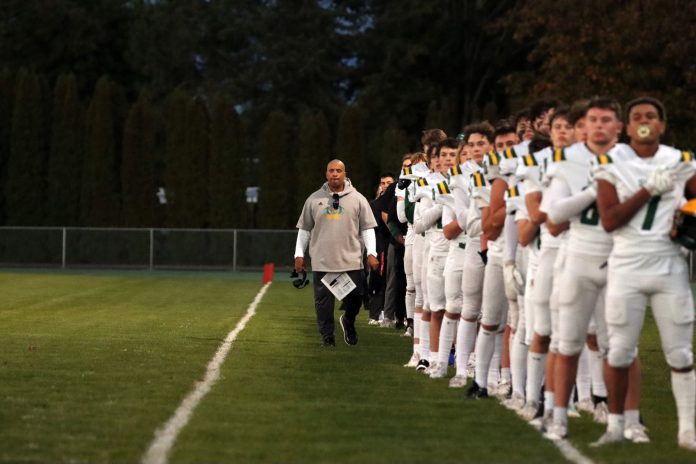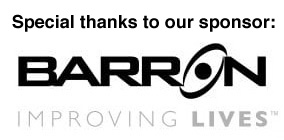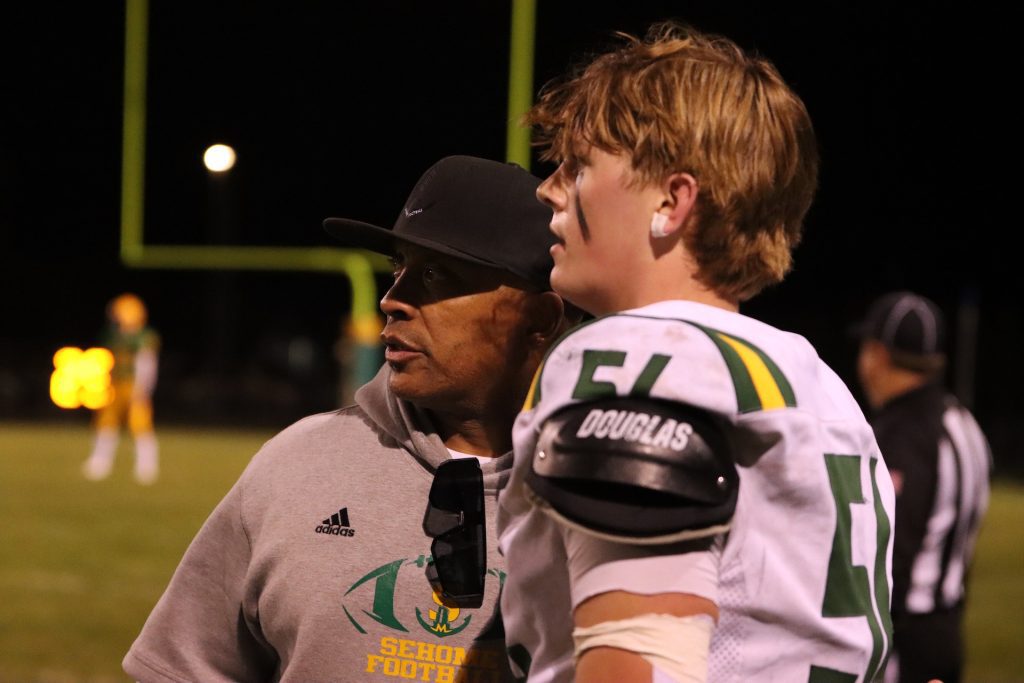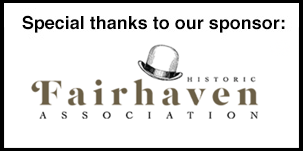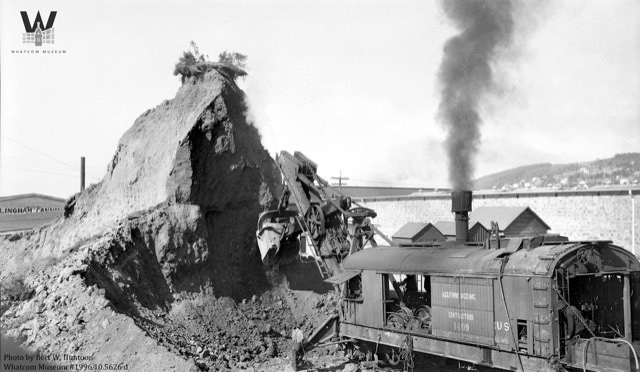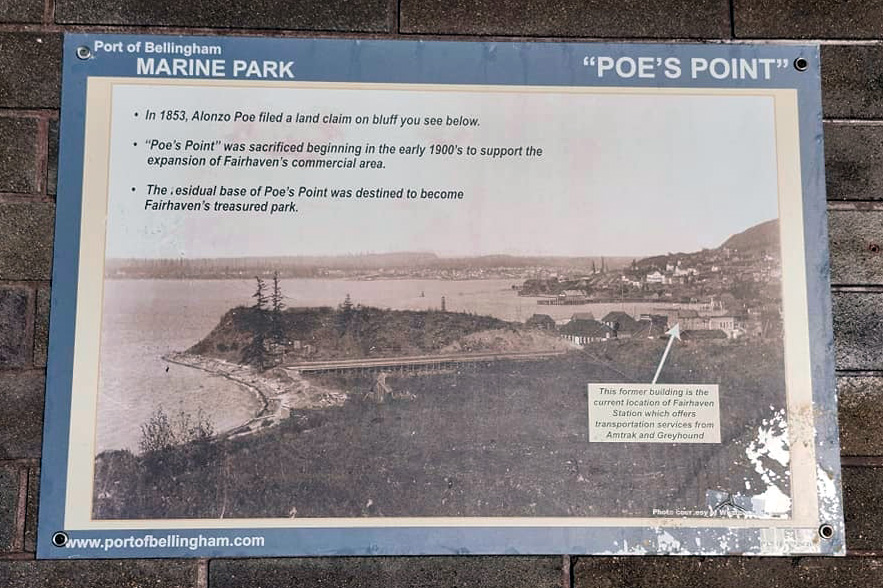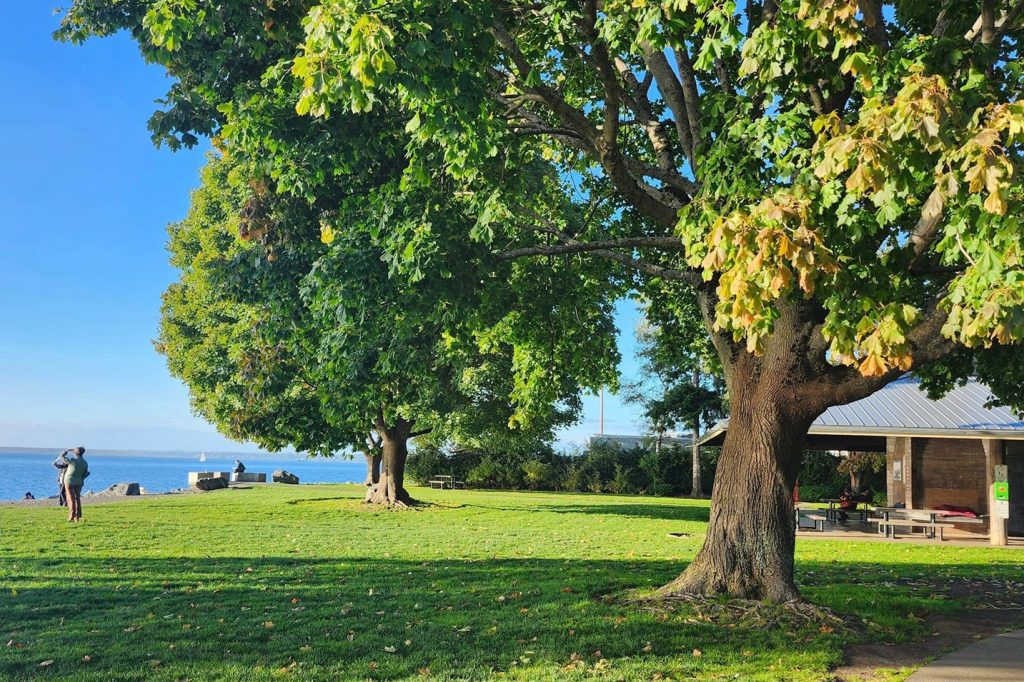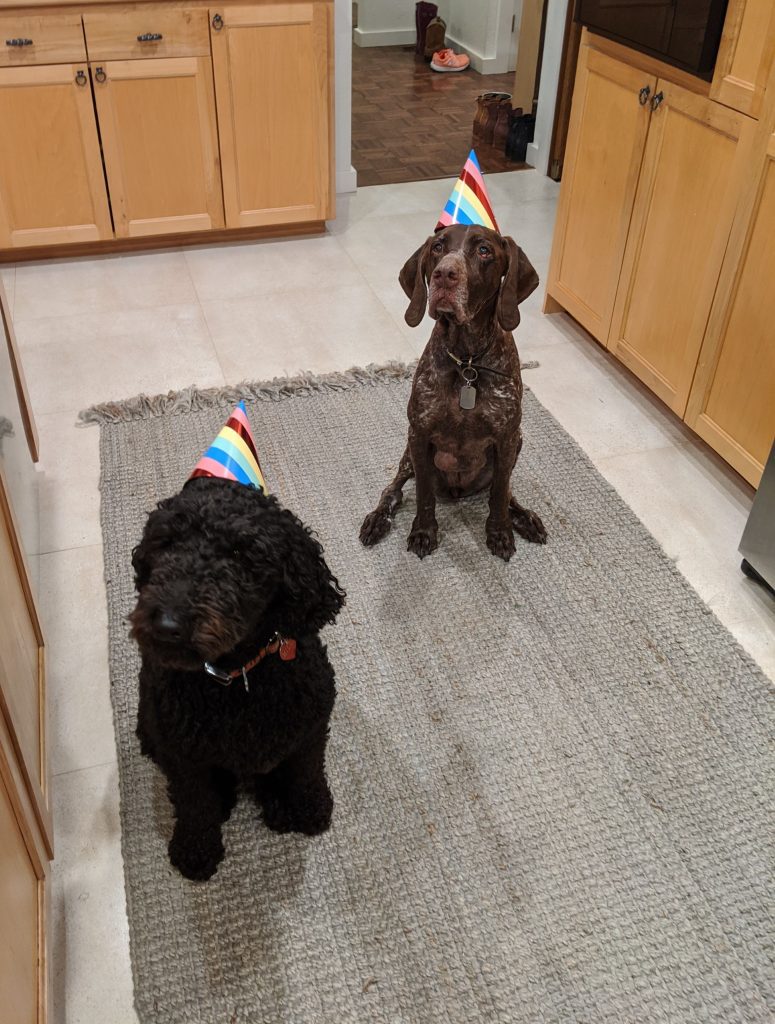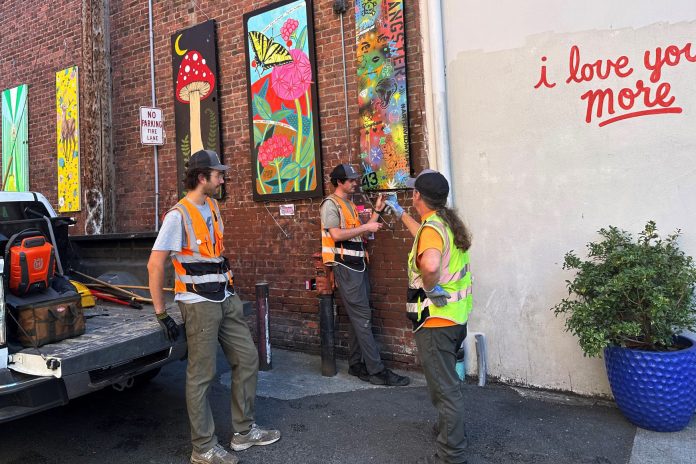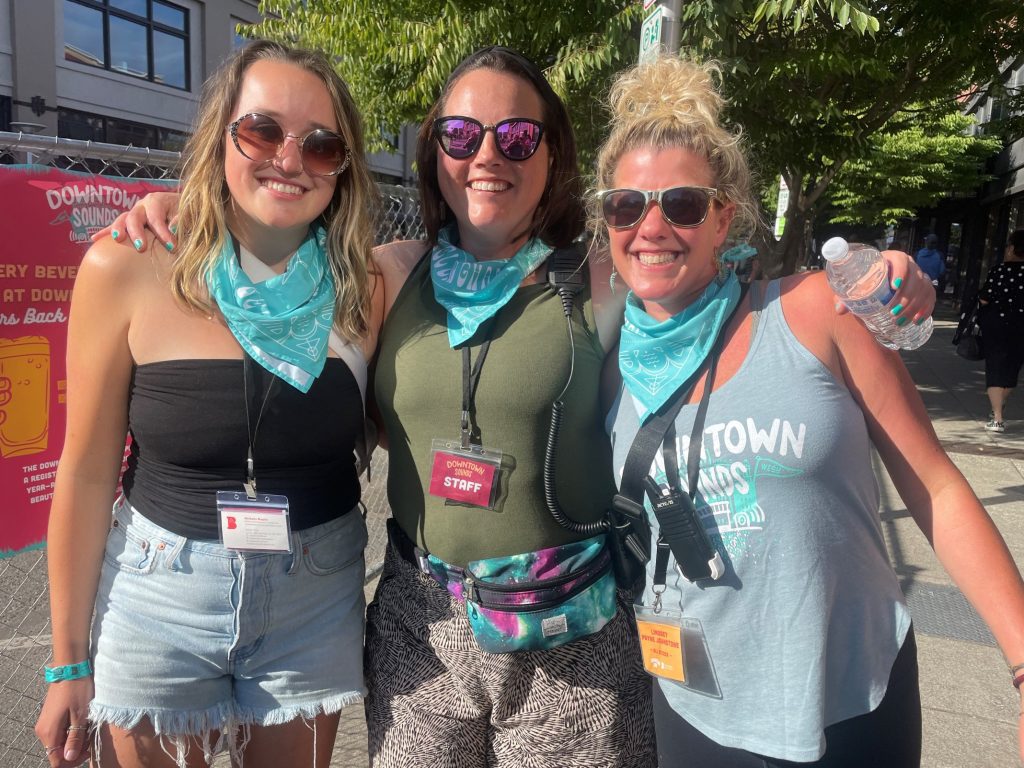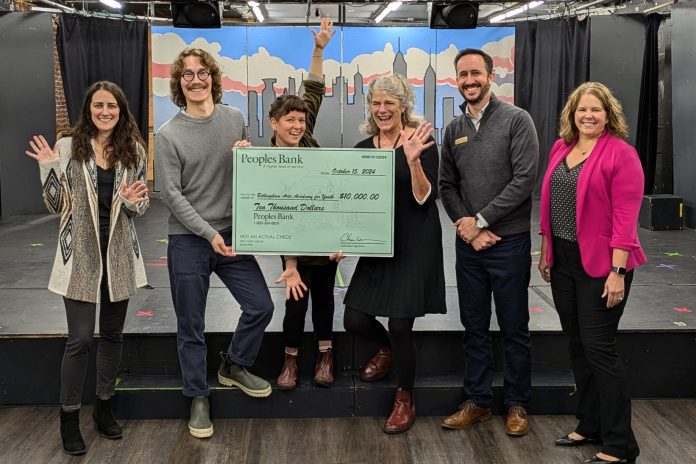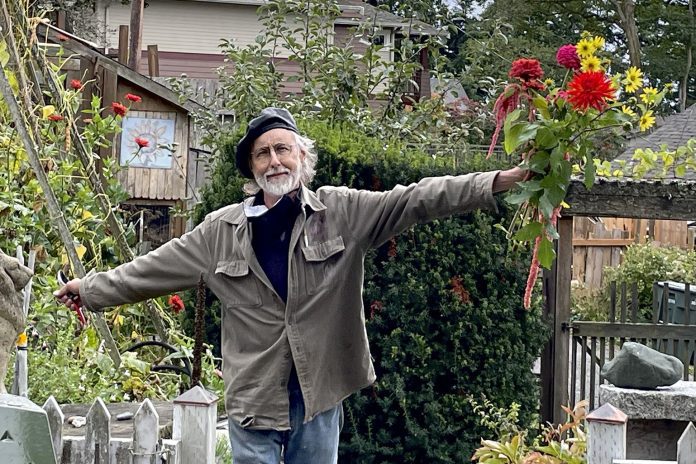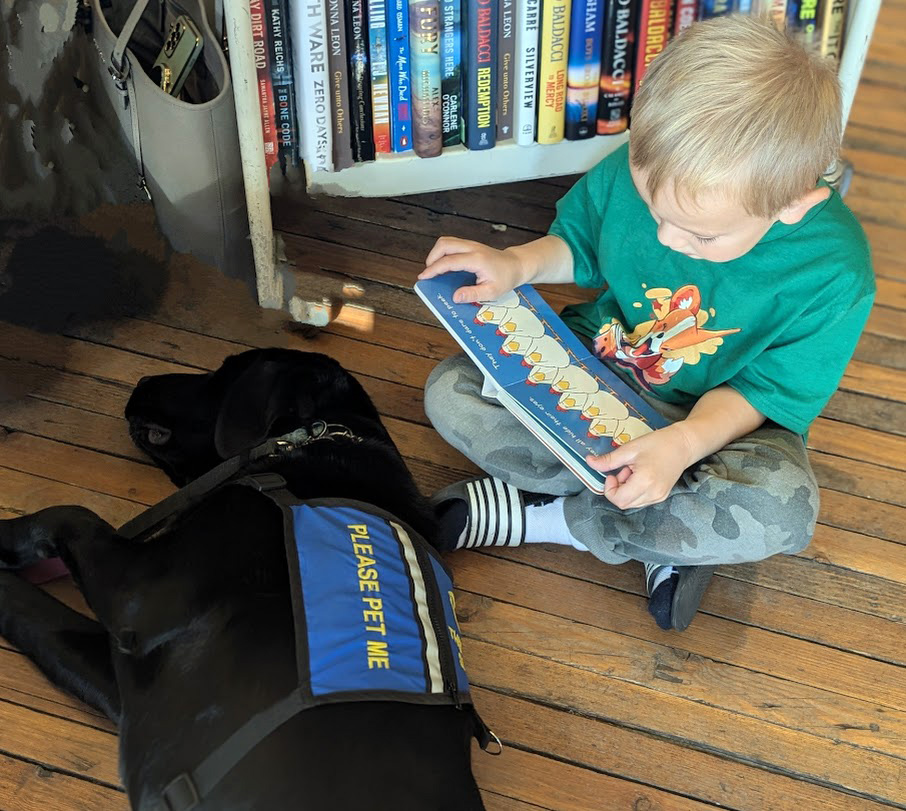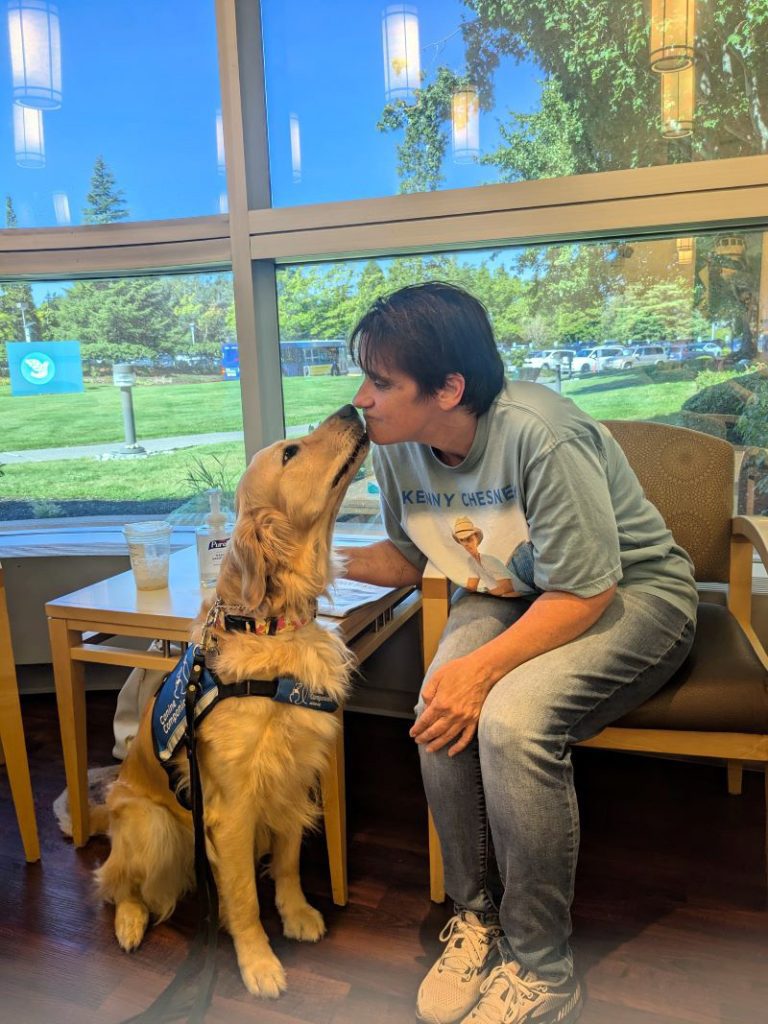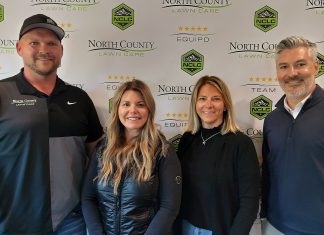By the early twentieth century Halloween had become a popular American holiday. Usually spelled Hallowe’en at the time, the day began to take its modern shape during the 1930s. Halloween offered much needed fun during the dark days of the Great Depression.
“A person’s age is sometimes indicated by the way he feels about Hallowe’en,” quipped the “Wheezes and What Not” column of the Bellingham Herald in 1929. While many enjoyed quiet parties, Halloween was often seen as a night of mischief — particularly for young boys. Trouble began early and Bellingham was grateful when rain put a damper on the damage from “Halloween hoodlums.”
Most pranks were fairly harmless. Popular ones included knocking over wood piles and hen coops, pulling down outdoor clotheslines, dumping garbage, stealing gates, changing signs and soaping over windows of businesses, homes and cars. This vandalism could sometimes get expensive to clean up. Wax and paraffin left lasting smudges on windows and in 1936 many plate glass store windows downtown were scratched up.
Other pranks were dangerous. In 1938, 16-year-old Anthony Shinner, a newspaper carrier had to spend 217 days in St. Luke’s Hospital after his car hit a makeshift road barricade on Franklin Street. In response, Bellingham Junior High School and Whatcom High School students were made to sign a pledge the following year promising to keep their Halloween celebrations “safe and sane.”

The police did their best to keep order. They added more officers to patrol the city, paying special attention to alleys where “prankster gangs” of young people liked to congregate. Dozens and even hundreds of calls poured into police headquarters every Halloween night from across the city.
But even with the police out in force, people had to take their own precautions. Homeowners took their gates and clotheslines in for the night and secured their garbage cans. When the Veterans of Foreign Wars held their dance at the Armory in 1931, ten members of the National Guard and several VFW members kept watch over the dancers’ parked cars, to prevent vandalism.
To divert children from creating chaos, “trick or treating” became increasingly popular. A “treat” was intended to keep children from playing “tricks” or pranks on the adults giving them out. “Have grub ready Oct. 31stor the soapers [will soap their windows]—,” read a scrawled note stuffed into Lillian E. Bowler’s mailbox on Meridian Street in 1939, adding “No apples or pears.” Besides candy, it was popular to hand out doughnuts, cookies and –to the note’s author’s disgust—fruit. Bakeries even sold cookies decorated with Halloween colors and symbols.
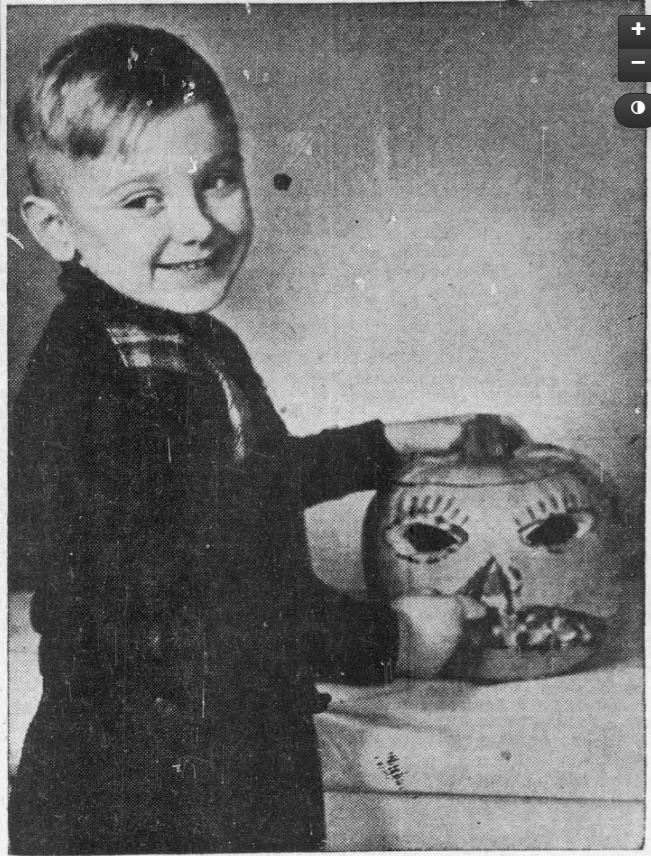
Parties
Parties were popular for those who wanted a quieter holiday. “Hallowe’en is an ideal time for the inexperienced to give a party,” wrote “Shopping with Sally” columnist in the Bellingham Herald in 1930, “for there are many traditional pranks and games with which guests can be entertained at this season.” And for those who needed ideas, the newspaper was full of suggestions for recipes and activities. From gelatin salads and sandwiches made to look like jack-o’-lanterns to cheese twist rolls tied up with orange ribbons to look like witch’s brooms, there were many ways to make the holiday table look festive.
Parties and events also helped divert the young from causing mischief. Churches, clubs and the YMCA organized gatherings of their own on and near the holiday. The Avalon Theater held an annual afternoon party with games, contests and treats. The film shown would be a comedy, rather than anything scary. Much of “Young Bellingham” was kept off the streets in 1934 as theaters offered all shows for five cents—and it rained.
Schools held Halloween events, organized by teachers and parents. The Silver Beach PTA, for example, held a “mixer” for students in 1931 where around 150 children and their parents enjoyed an evening of games. In 1936 grade school students were let in free to the Bellingham-Arlington football game at Battersby field in exchange for the promise not to create mischief afterwards.
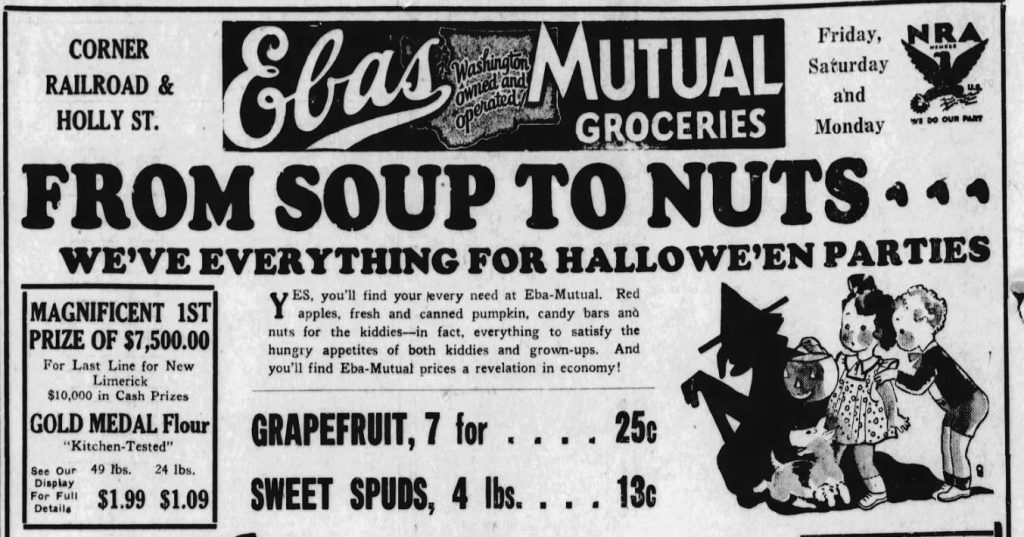
Children in need were also not forgotten. In 1935 St. Joseph’s Hospital held a party for young patients in the children’s orthopedic ward. The place was decorated and all children enjoyed music and readings as well as games including riddles and pin-the-tail on the cat.
Adults enjoyed their Halloween parties too. Local nightclubs held Halloween dances as did fraternal societies and clubs. The Eagles held an annual Halloween dance. Organizations gave their parties an eerie Halloween atmosphere with holiday decorations and music. In 1933, for example, the Bellingham Yacht Club held a costume party at Fairhaven Park. “Ghosts” with lanterns lit the pathway into the clubhouse. Guests enjoyed an evening of dancing, the room kept dim and mysterious, lit only by the fireplace and candles, with eerie music.
Other groups held events for the wider public. The Geneva Community club, for example, held a public party in 1934 with games and dancing. Carnivals, such as the one the Rome Grange organized in 1937, were also popular.
Fancies and Frights, Then and Now
“Hallowe’en appeals to the public fancy,” observed the Bellingham Herald in 1936 alongside a recipe for pumpkin ice cream, “because the evening is surrounded with delightful bits of mystery, of witches, ghosts, spirits, hobgoblins and strange flutterings, shadows and noises, all of which invites the human element of wonder and interest.”
People today would agree. Halloween remains a popular holiday. From trick-or-treating to parties or however you may choose to celebrate, here’s wishing you a Happy Halloween!






